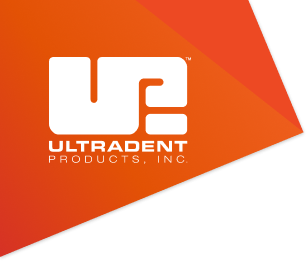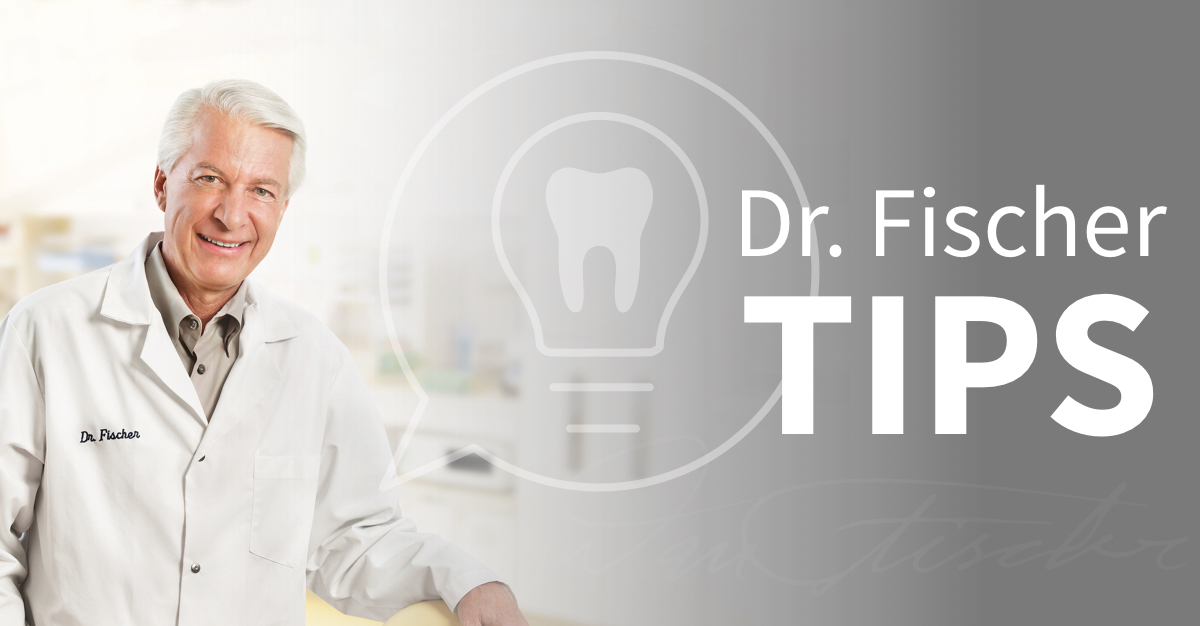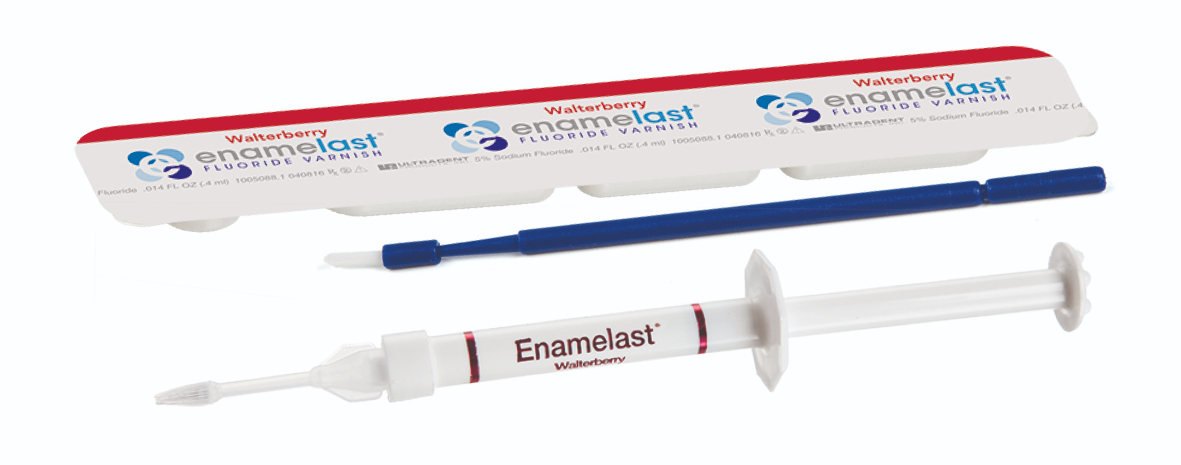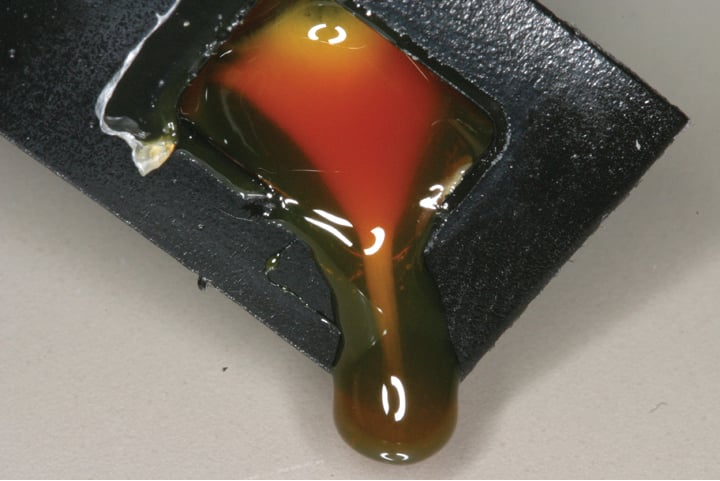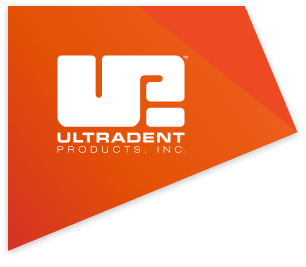The use of fluorides has always been an important element of prophylaxis treatments. The reason why is self-explanatory: they have shown to be very effective against tooth decay and sensitivity. However, the use of fluoride varnishes should be well thought through in order to guarantee ideal results.
Nowadays and from my experience, local fluoride application is generally preferred over systemic dosages. With local fluori-de application, the fluoride attaches directly to the teeth and thus works directly where it is needed. According to individual preferences, fluoride liquids, gels, and varnishes are available.
Liquids and gels are often recommended to patients for home treatment purposes and that’s exactly what I used to do for many years. Unfortunately, the success of these treatments very much depends on the individual patient’s motivation, which is frequently unstable with patients who might have the utmost need of fluoride treatment.
In such cases, fluoride varnishes are particularly important. The most commonly used varnishes contain 5% sodium fluoride. Their effect will evolve slowly but sustainably and an application cycle of every 3-6 months is entirely sufficient. Diving deeper into this topic, however, I found out that the available varnishes reveal some weak points: They tend to separate whilst being stored and the application is quite difficult, especially from the lingual/palatinal side. Last but not least, the taste of most products is unpleasant, which is especially inconvenient for young patients.
At Ultradent Products, we have been working on the development of fluoride varnishes for more than a decade. Our goal is to optimize the use of fluoride varnishes in terms of general handling and application.
Our Enamelast™fluoride varnish has been continuously improved. But what makes this fluoride varnish so special?
- Enamelast varnish is available in convenient unit-doses, from which it can be directly applied with a disposable brush. In practices with several treatment units or in dental clinics, the portions can be economically used for one patient in each case.
- Additionally, Enamelast varnish is available in 1.2 ml syringes for direct application with the SoftEZ™ Tip. The soft brush tip is bendable and particularly suited for the application of a uniform varnish layer. Open syringes can be reused with a fresh SoftEZ tip for the next patient.
- No matter which dosage form of Enamelast varnish is used, the varnish is homogenized so separation does not occur. The sodium fluoride particles are always evenly distributed.
- Enamelast varnish contains a patented adhesion-promoting agent for enhanced
retention. It stays longer on the tooth surfaces, and thus the effect is particularly
intense. So Enamelast varnish provides a superior fluoride release and uptake. - The smooth feeling of the varnish layer on the teeth improves the acceptance of the treatment, as patients do not tend to remove it prematurely.
- Patients of all ages appreciate the tasty flavor of Enamelast varnish.
- The appearance of the varnish layer is nearly invisible.
You have the choice: Enamelast varnish in unit-doses or syringes with SoftEZ Tips.
Quite difficult: Many fluoride varnishes tend to separate. The image shows a competitor varnish in a mixing well. Uneven fluoride distribution may be the result. Subsequent mixing is challenging. Enamelast varnish is distinctively homogenized, separation does not occur.
[gallery ids="962,958" type="rectangular"]
The SoftEZ Tip is made of one piece of plastic: It is bendable and the soft, moulded bristles apply the Enamelast varnish in a thin, even layer.
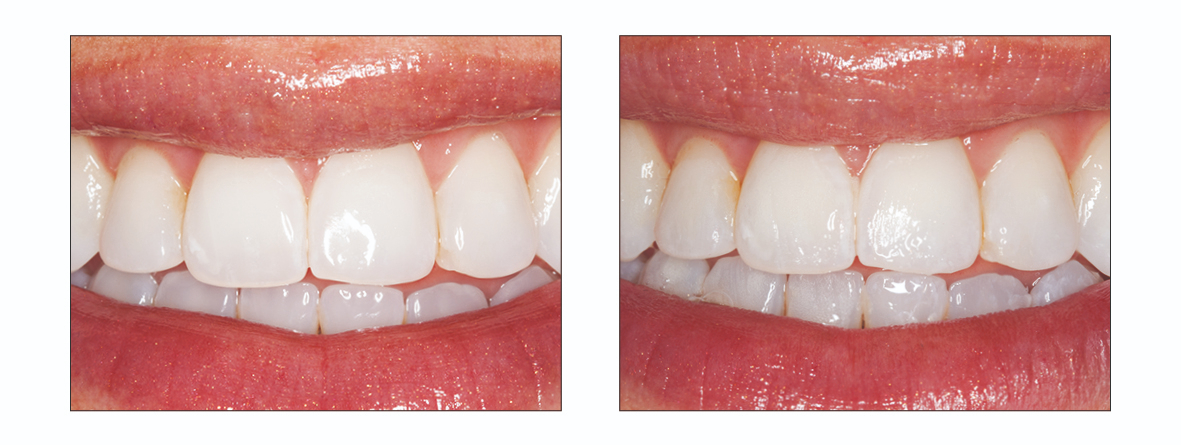 Almost invisible varnish layer: Patients appreciate the smooth feeling.
Almost invisible varnish layer: Patients appreciate the smooth feeling.
(Left: Before / Right: After the application of Enamelast).
Prior to application, the teeth do not need to be dried extensively. Drying with a cotton roll or a short burst of air is entirely sufficient. The setting process will be initiated by the presence of moisture. Simply rinse water over the treated teeth, or place the wet lip over the varnish-coated teeth. However, the patient should avoid tongue contact with uncured varnish. It is recommended to not consume hard or sticky foods, alcoholic beverages, or brush the teeth for at least 4–6 hours after the treatment.
For best results, the varnish should be applied to as many tooth surfaces as possible as direct contact with the enamel pro-motes superior fluoride uptake. However, even untreated surfaces will benefit because the coating will enrich the fluoride content of the saliva, promoting fluoride uptake into any demineralized enamel.
Caries prophylaxis is usually the goal when treating children. However, fluoride varnish can also be a preventative mea-sure for cervical /tooth neck lesions in adults. With age-related degeneration of the gingiva, exposed root surfaces can be especially sensitive after scaling and root planing. Therefore, using Enamelast varnish is very helpful to eliminate sensitivity, while providing a beneficial direct source of fluoride, and the SoftEZ Tip allows access to and covers these areas easily.
Best regards,
![]()
Dan Fischer
About Dr. Fischer
Dr. Dan Fischer is the founder and CEO of Ultradent Products, Inc., a leading dental manufacturer of high-tech dental materials, devices, and instruments with a 40-year history of innovation and quality. Its products are used worldwide by dentists, orthodontists, group practices, dental labs, government agencies, and universities. Ultradent Products’ vision is to improve oral health globally. For more information visit ultradent.com/eu.

